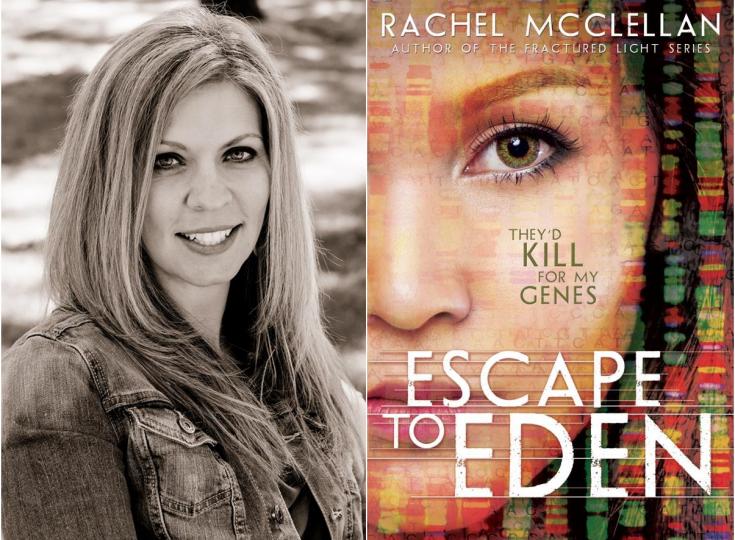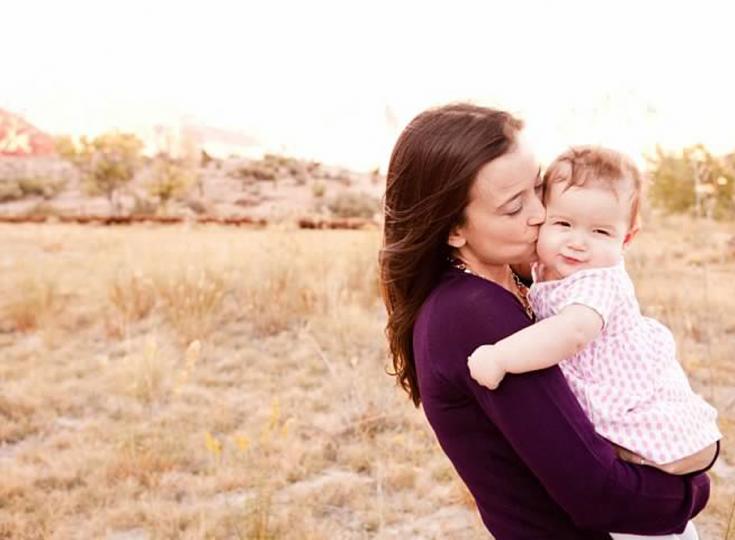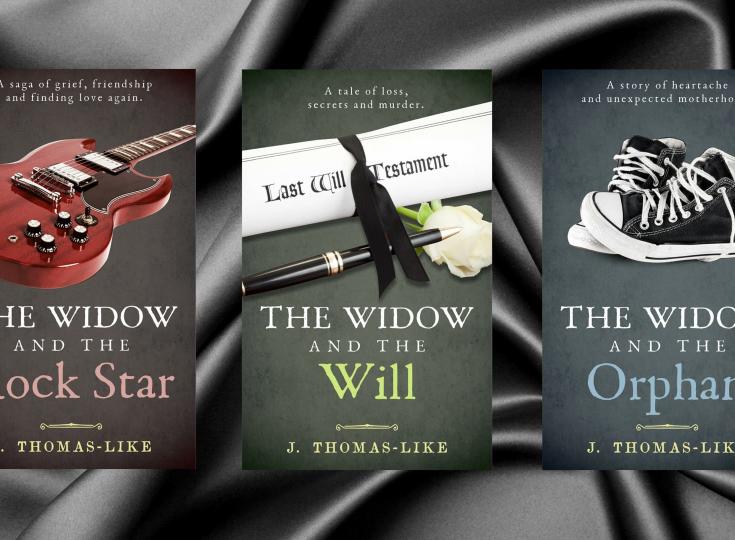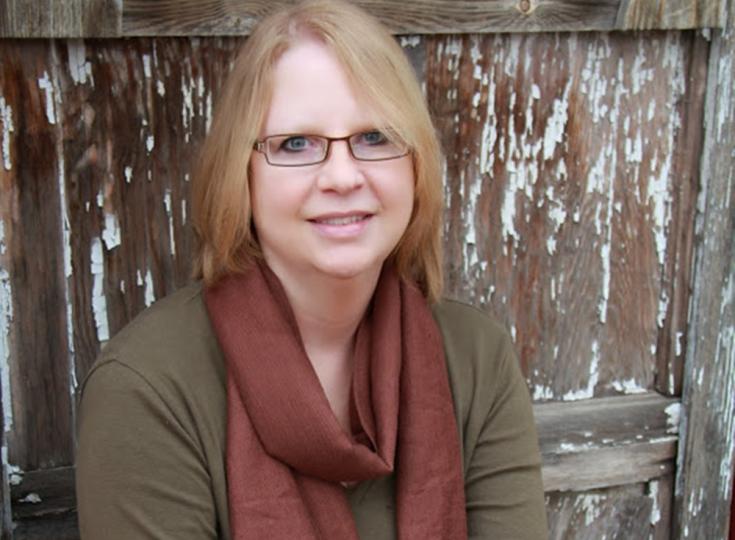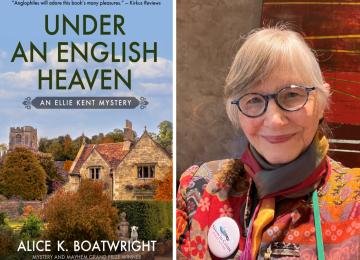Eileen Charbonneau - Story of Love, Comradeship and Struggle Through the Civil War
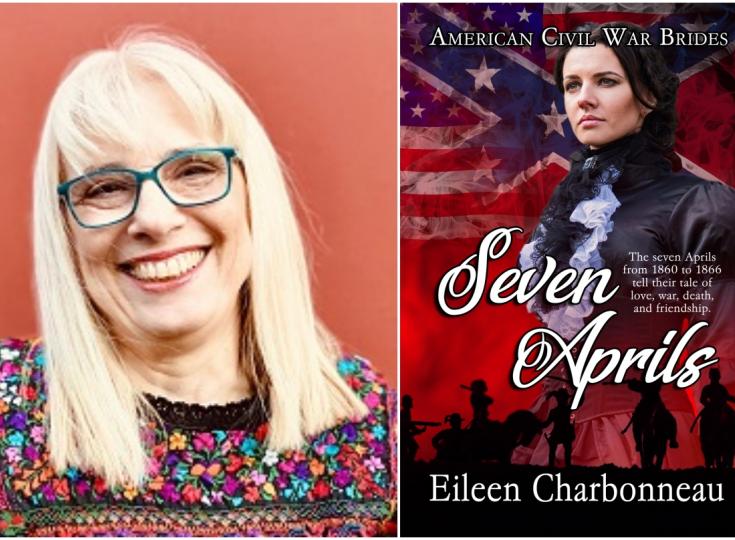
Eileen Charbonneau writes historical novels that the Washington Post has called “provocative…well told, extremely entertaining tales.” and Publisher's Weekly says shows an impressive command of the elements of historical romance..."). Eileen's work has won the Golden Medallion, Chatelaine Award, and Phyllis A. Whitney Award. Finalist accolades include the Daphne duMaurier Award, Hearts of the West Award, Golden Leaf and Laramie Award. Eileen lives in the brave little state of Vermont, where she and her husband run a small Bed and Breakfast in their 1886 Victorian home. Eileen loves kayaking below the eagles on the Connecticut River and Maple Creemies.
Please give us a short introduction to what Seven Aprils is about.
In April 1860, young Dr. Ryder Cole returns home from his studies, sure of his abilities and on fire to serve his country and preserve the Union. A panther attack threatens to cut his life short until a young woman with a rifle and a sure-shot eye appears out of the mist. Then she disappears, returning as Tom Boyde, his comrade throughout America’s Civil War. The seven Aprils from 1860 to 1866 tell their tale of love, war, and the price of crossing gender lines.
What inspired you to write this story?
This novel was born when I was a tour guide to Boscobel, an historic home in New York’s beautiful Hudson Valley. The original family lived there for three generations, which covered most of the 19th century.
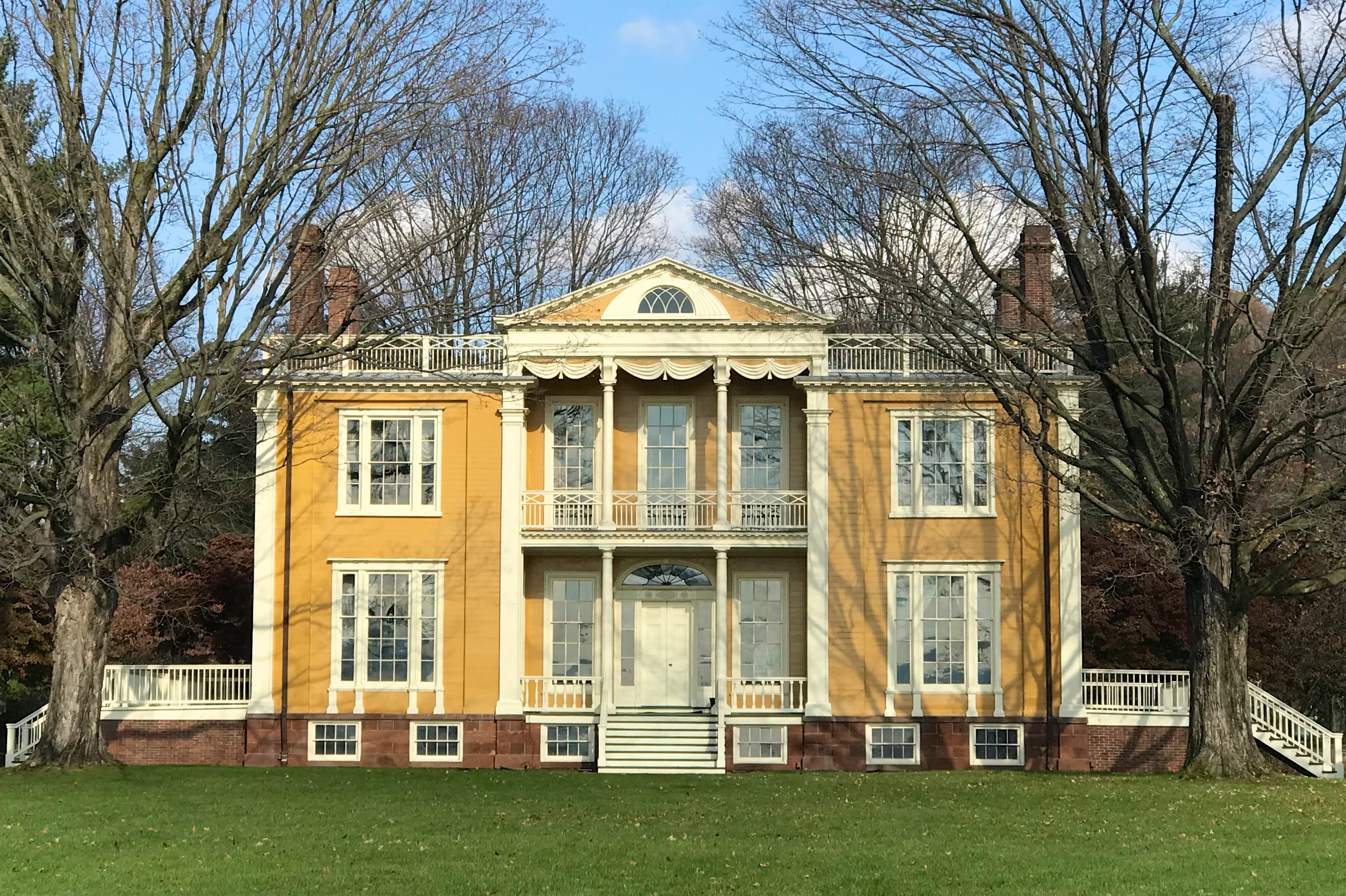
A grandson enlisted in the Civil War, but little else was known about him. So this beautiful home, became Ryder’s home, his mother I pictured as the original widow who owned the house, Elizabeth Dykeman, and his bedroom where he convalesced after the war was her son Peter’s bedroom. What fun, I had a town and a house that I knew as well as my own!
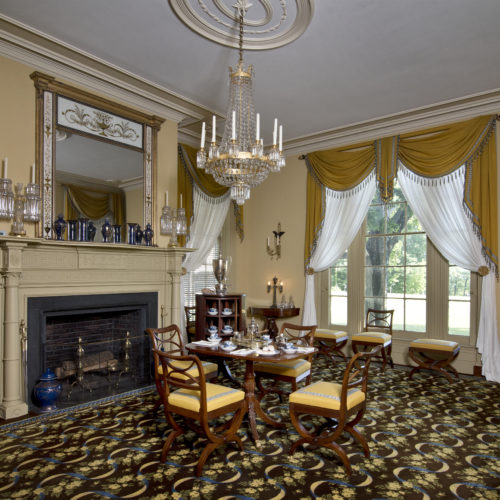
A wise fellow guide used to entertain us with stories of the three kinds of people who lived in our town then: River People (landed gentry), Town people (craftspeople and shopkeepers) and Backwoods people (hardscrabble farmers). Well, what if this River people man who resided in this grand Federal era mansion fell hard for a backwoods woman? And…I was off!
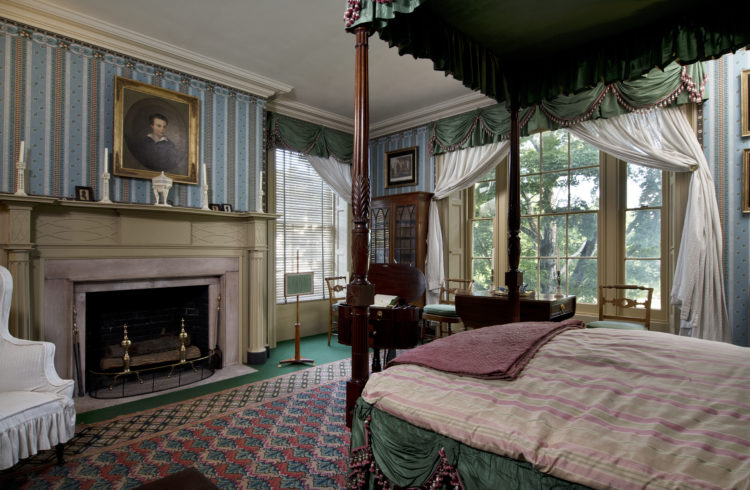
Why did you pick 1860 as the backdrop for your story?
First, I’d enjoyed other fictional treatments of women cross-dressing in order to participate in America’s wars, Like Rita Mae Brown’s High Hearts. Could I write my own? I wanted to see if, in my story, I could pull a disguised woman through the whole Civil War. I added the extra years so I could get the reader used to who Tess was and why she committed to continue to learn her healing trade in this crucible of history. I named her and based her in part on my fearless sister Tess. Of course after the traumas that both Tess and Ryder endure, I needed to get them home and on the road to healing and a hopeful future, too. So my original Five Aprils turned into Seven Aprils!
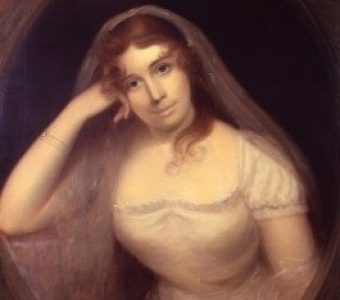
What fascinates you about the Civil War?
This was a crossroads in history time, so of course the war lent its own drama. Were we even going to survive as a country? I wasn’t as interested in strategies and battles as I was about the people who dealt with the cost of the battles— the medical corps.
Tell us more about Dr. Ryder Cole. What makes him tick?
At first, Ryder was a hard hero for me to love. I usually am drawn to heroes who think out of the box and their own time. They often have tough childhood traumas to overcome. Ryder, although a forward thinking radical politically (he was a Republican when Republicans wanted to turn the social order of the South upside down!), is socially limited when it came to his ideas about women and their place in the family and society. Tess splits herself in three to show him a woman who is a full human being. I think I started to love Ryder when I realized what Tess did from the start: that as maddening as he could be, his chief characteristic was kindness. That opened up his character for me, and frankly, made him worth my time!
Besides writing, what other secret skills do you have?
They are not secret— I make a great loaf of bread and a smooth and creamy rice pudding. I can also whip up a theater or Halloween costume that will draw, ohhs, ahhs or a laugh, as appropriate. My hospitality queen eldest daughter has taught me some tricks on being a good Vermont innkeeper. And if you need a baby tamer, I’m your woman.
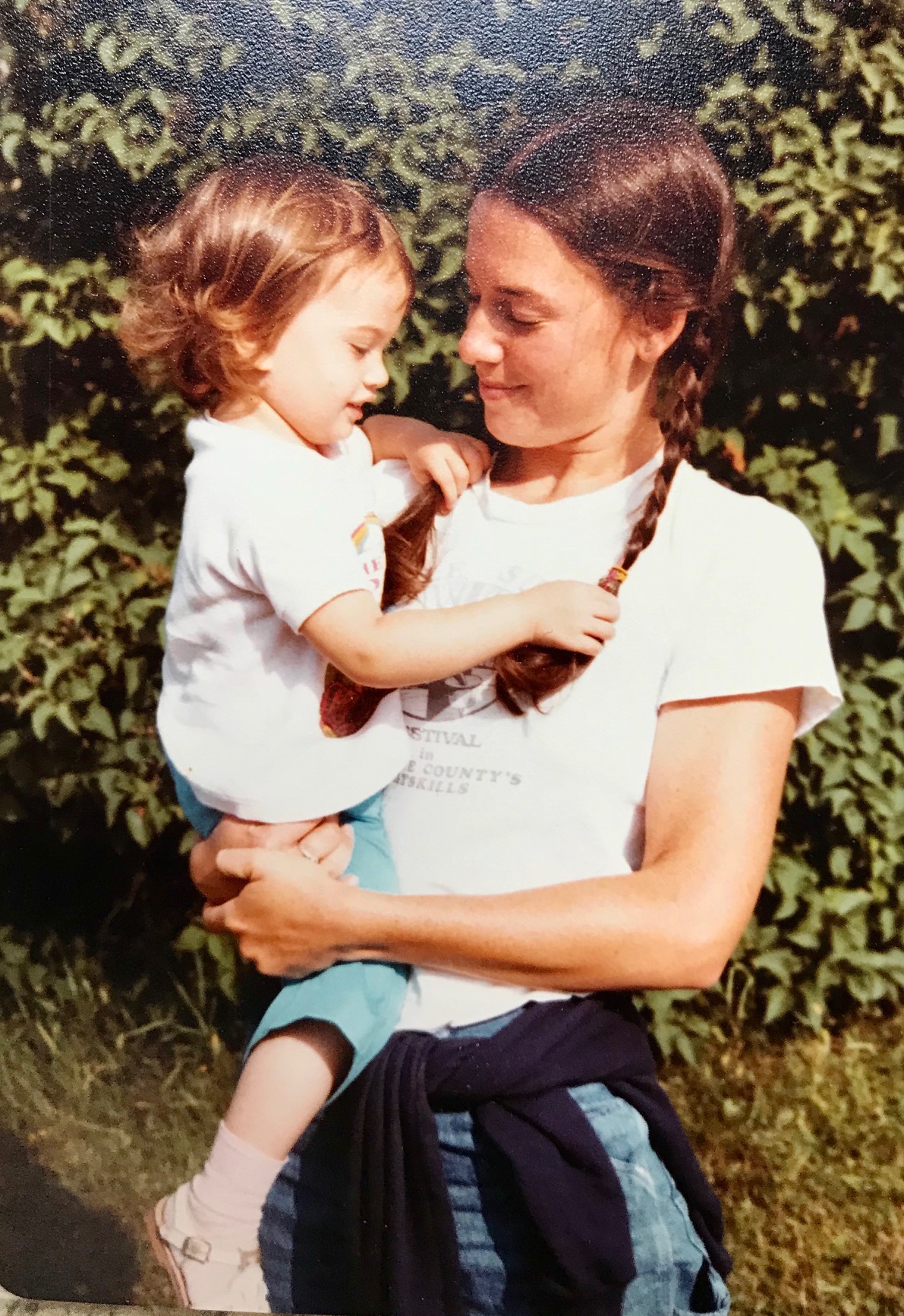
How much research did Seven Aprils require from you to make the history part of it ring true?
I was very glad to have lived for years in Virginia. More major battles of the Civil War took place in Virginia than any other state. The war is still alive there, especially in battlefield historic parks like Bull Run/ Manassas and Antietam. I lived near a crossroads where local people said they could still see the ghosts of Mosby’s Rangers riding by on foggy nights. And Washington was an hour distant from me, still mapped out the way it was during the war. It was easy to look around the streets around the White House and imagine the flourishing Red Light District, and up at the Capitol building and imagine an unfinished dome being worked on over those tumultuous years. There is an endless supply of research books on the war, and of course Ken Burns’ wonderful documentary bringing it alive. I went to many re-enactments, where historians are generous to share their knowledge of everyday life in the 1860s.
You also included some romance and espionage in this story. Why did you take this approach?
Many of the accounts I read of women fighting as men in the Civil War include them being asked to cross gender lines to spy, because with their softer features and slighter body type they might—surprise! be taken as a woman. That intrigued me. Also Tess can, as a woman and thanks to her friends at Madame d’Youville’s, have a growing relationship with Ryder as his mystery lover Diana. Why romance? Because I love romance!
What did you have the most fun with when writing this book?
I loved playing with the “love is love” aspects of the story. At one point, Ryder realizes he loves Tom, so he figures it must mean he’s gay. That’s an achievement after a long, anguished road toward understanding for a very conventional man. He figures if loving Tom means he’s gay, then so be it, because love trumps all. I also had great fun with the final scene, where Ryder tells Tess “I’m not the man I was” and she answers, “Neither am I.” When I finished that dialogue, I thought: really, Eileen, did you write this whole big book just so that you could have that joke at the end????
Please tell us more about the cover and how it came about.
We at BWL have a wonderful art director in Michelle Lee. I found the image of the woman looking so steely and determined to represent Tess, and Michelle worked her magic around it. Her other Bride covers are just as stunning.
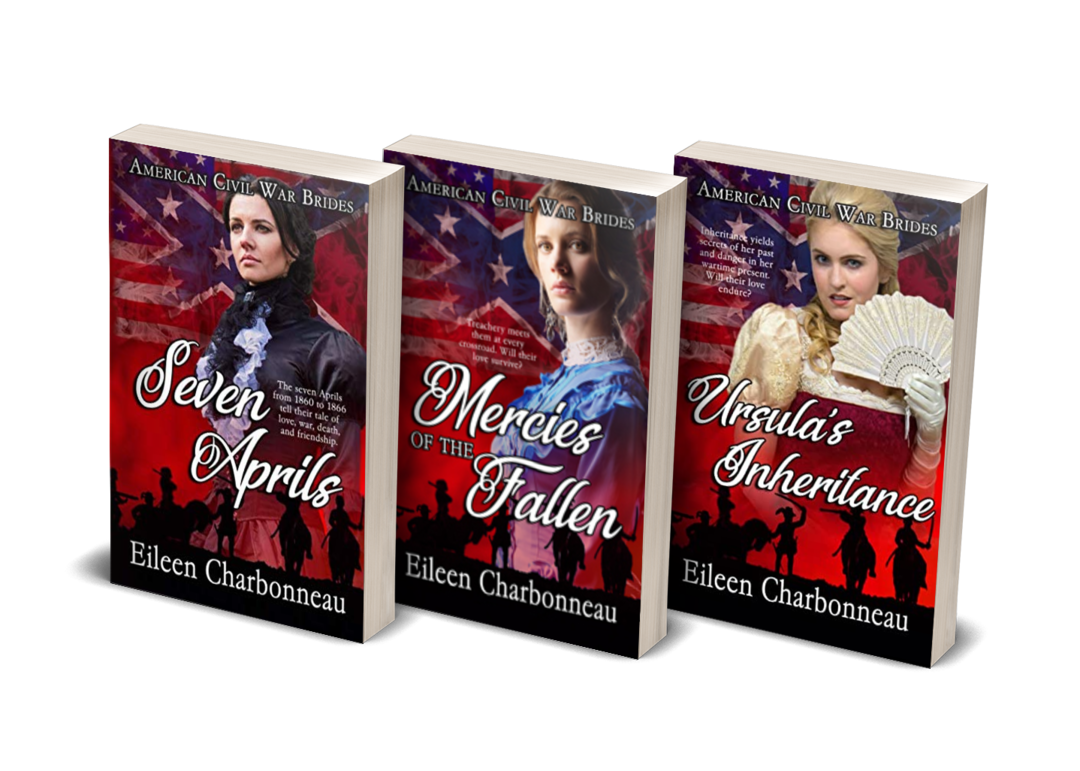
When starting on a new book, what is the first thing you do?
I play ‘what if’ scenarios in my imagination once I have an idea of the characters, their time period, and conflict. What if: a poor woman trying to escape an arranged marriage, like the real Sarah Edmonds, enlists in the Civil War like she did, but then falls in love with both her work with the medical corps, and also her captain/doctor colleague? And who is he, anyway? Hey, what if he is her opposite— a spoiled, rich idealist who thinks war will be a grand adventure?
Do you have any interesting writing habits? What is an average writing day like for you?
I am very boring and regular in my habits. I am a “lark” writer who finds early morning my most productive time to write. I write in scenes, sometimes skipping around in the narrative if I feel stuck. In the afternoon, I get in a couple of hours for editing and research. On the weekends, I work on promotion.
What are you working on right now?
I am finishing the editing on the third of my YA Linda Tassel mysteries featuring my Cherokee Nancy Drew, Stolen at the Wildlife Refuge, which follows Death at Little Mound and Missing at Harmony Festival. I’m also researching a novel I’m writing with Judith Pittman for BWL— part of the Canadian Historical Mystery series featuring Canadian territories and provinces as settings. Ours is Newfoundland and our heroine is caught between the traditions of her mixed heritage of English and Mi’kmaq parents and trying to rescue some American cousins from the Salem Witch trials of 1692. It’s called: Spectral Evidence. I’m so excited about exploring this story!
Where can our readers discover more of your work or interact with you?
twitter: @EileenC1988
Facebook: Eileen Charbonneau Author
Instagram: eileencharbonneau
email: [email protected]
Blog: https://bwlauthors.blogspot.com
eileencharbonneau.com
